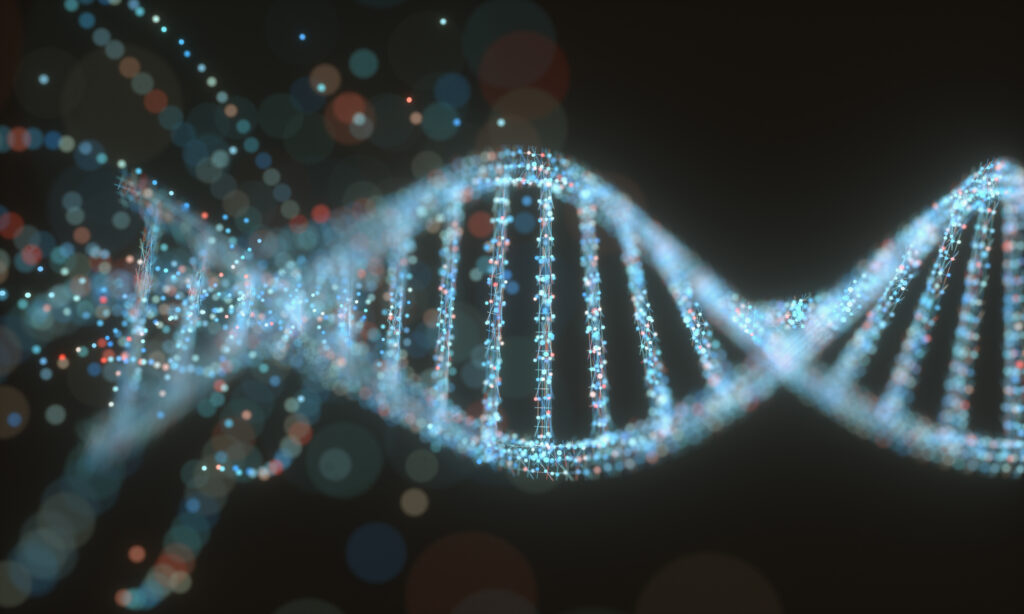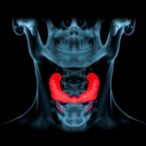Demand for adeno-associated viral (AAV) vectors is increasing as more and more cell and gene therapy firms use them to make products. In response, vector suppliers are embracing faster, more efficient manufacturing methods, according to new research.
Traditional adeno-associated virus (rAAV) vector production relies on adherent cultures in which cells grow attached to the surface of the bioreactor. While this approach is effective for lab-based production, scaling up capacity is complicated, involving either the use of larger reactors or multiple smaller systems.
Vector production methods are evolving, according to Seyed Pouria Motevalian, PhD, director of bioprocess sciences at Thermo Fisher Scientific, who says industry is slowly moving away from adherent cultures.
“AAV vector production presents unique challenges due to its complex biology, high demand for clinical-grade material, and the need for precise control over quality attributes such as genome integrity, empty versus full ratio, and potency.
“Historically, adherent systems were the norm, but their scalability is limited, labor-intensive, and less suited to large-volume commercial manufacturing. As a result, the industry is moving away from adherent systems toward suspension-based production platforms using HEK293 or Sf9 cells in stirred-tank bioreactors, which offer greater scalability, process control, and compatibility with automation,” he tells GEN.
New technology
Motevalian and colleagues traced the evolution of AAV vector manufacturing in a recent study, identifying new technologies suppliers are using to try and align production capacity with demand.
“Several innovations are transforming AAV manufacturing, including high-throughput process development (HTPD) using platforms like AMBR15 and robotic liquid handlers to accelerate QbD-based process optimization,” he said.
Perfusion-based upstream processes are also becoming more common, according to Motevalian, who says manufacturers are using the approach to increase volumetric productivity and reduce the cost per dose.
Surging demand for vectors has also prompted suppliers to explore novel transfection technologies—including electroporation or transposon-based systems—to improve yield. Traditional methods rely on plasmids, which, while effective, are expensive.
Downstream methods are also changing. Soaring global demand for vectors has seen suppliers reach for innovative purification methods, such as affinity-based capture and dual chromatography, to enhance product quality and improve throughput.
Finally, like most industries, vector makers are looking at artificial intelligence (AI) and digital technologies as a way of improving production, according to Motevalian.
“Both AI and automation have a role to play in AAV vector production,” he says, adding, “AI/ML tools are being used to model complex process interactions as well as in capsid design.
“In addition,” he says, “digital twins are also emerging to simulate process scenarios and support scale-up decisions more confidently.”



